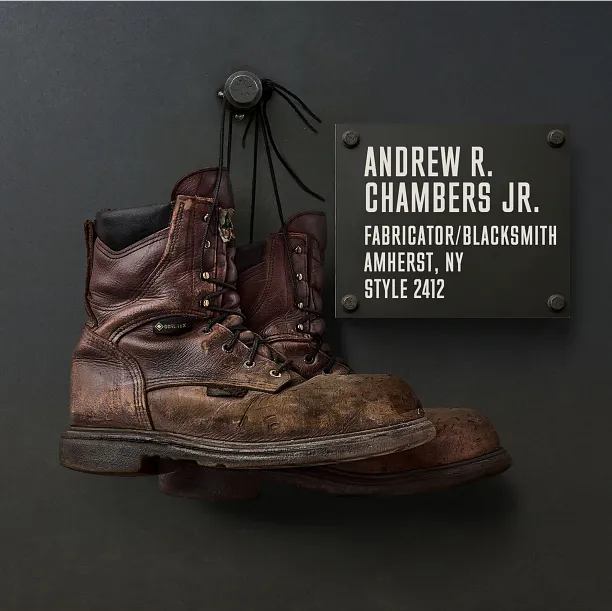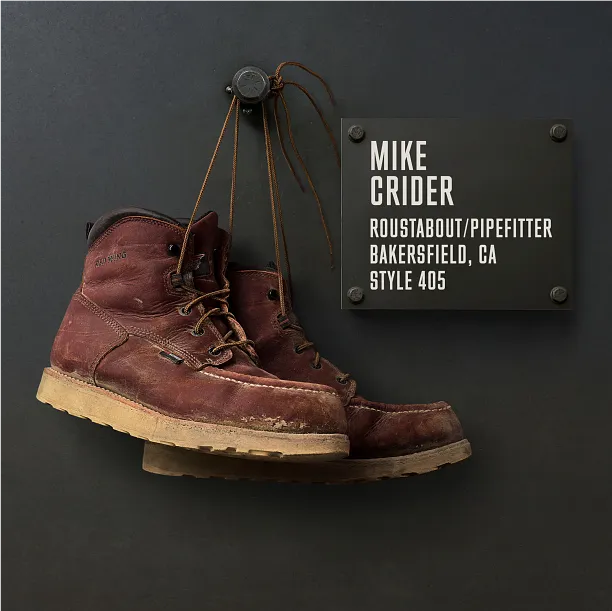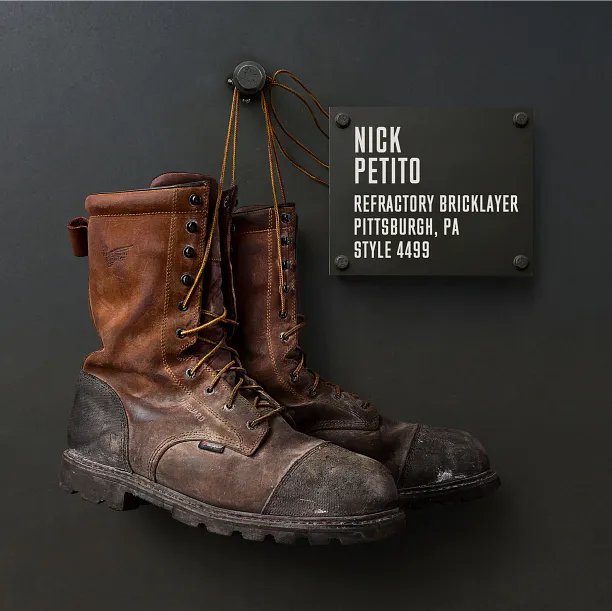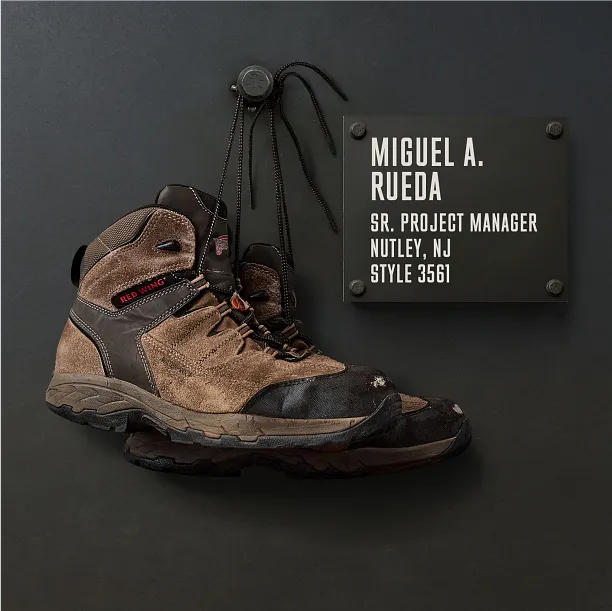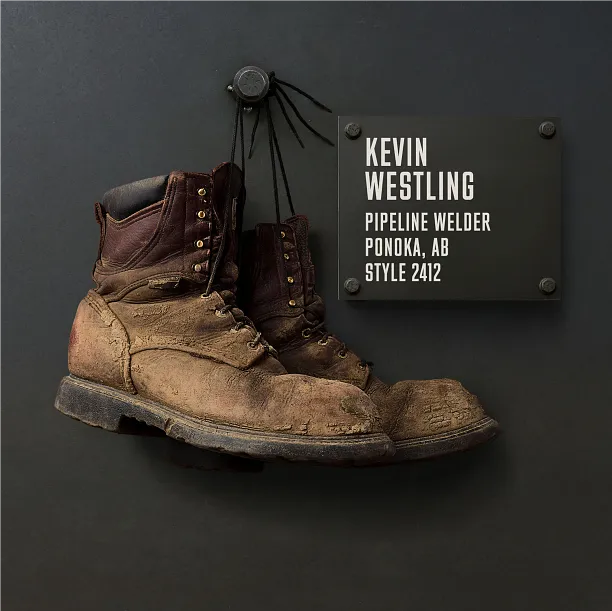Every day, countless people get started early on the hard work that needs to get done to keep the world running. These are the unsung heroes in the trades. They don't ask for recognition, but we believe they deserve it.
We created the Red Wing Wall of Honor in 2018 to celebrate the profound impact that all trades workers have on our lives. Each year, we proudly share the stories and display the work boots of a select group of inductees at our flagship store in Red Wing, Minnesota. It is the least we can do to thank them for all they do for us.

